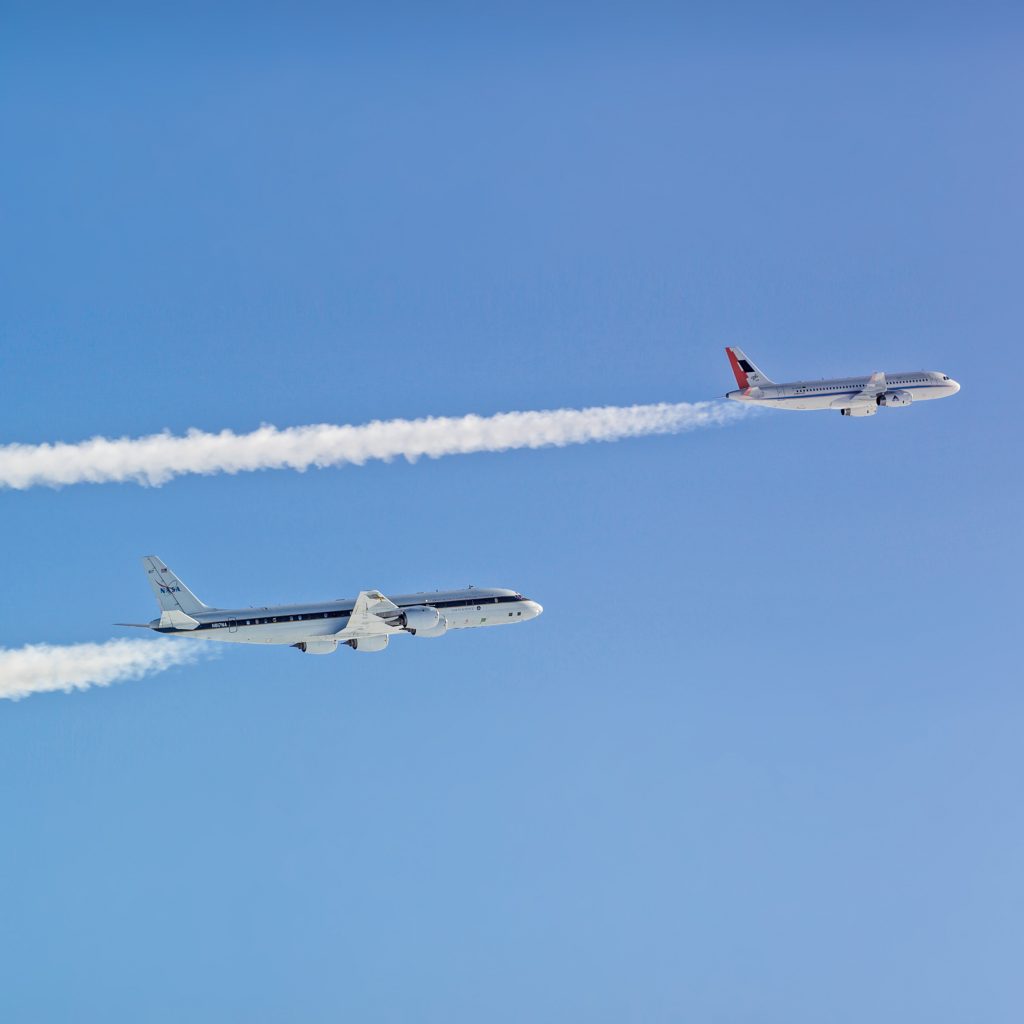Climate impact and emissions
Synthetic fuels produced, for example, from natural gas (Gas to Liquid, GtL) or biomass (Biomass to Liquid, BtL) have great potential for more environment friendly aviation. Unlike conventional kerosene, the chemical composition of synthetic fuels can be controlled by appropriate manufacturing processes. Regardless of the engine design, this allows improved combustion properties and reduced pollutant formation. In the ‘ECLIF’ (Emission and CLimate Impact of alternative Fuels) project, DLR is working with its partners to investigate how the pollutant and contrail formation of such fuels takes place at high altitudes during test flights. At ILA, DLR is demonstrating two burners – one with conventional kerosene and one with GtL-based fuel. Visitors can instantly see the different soot-forming propensity of the two fuels. Due to the considerably reduced number of aromatic hydrocarbons, the GtL fuel produces much less soot than conventional kerosene.
German Aerospace Center (DLR)
Patrick LeClercq · E-Mail: patrick.leclercq@dlr.de · DLR.de/en
